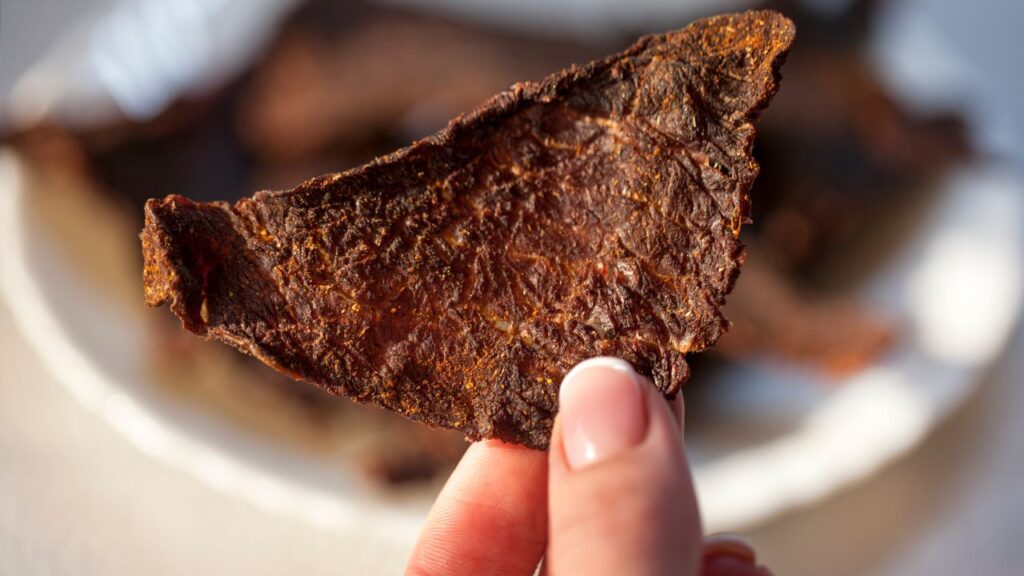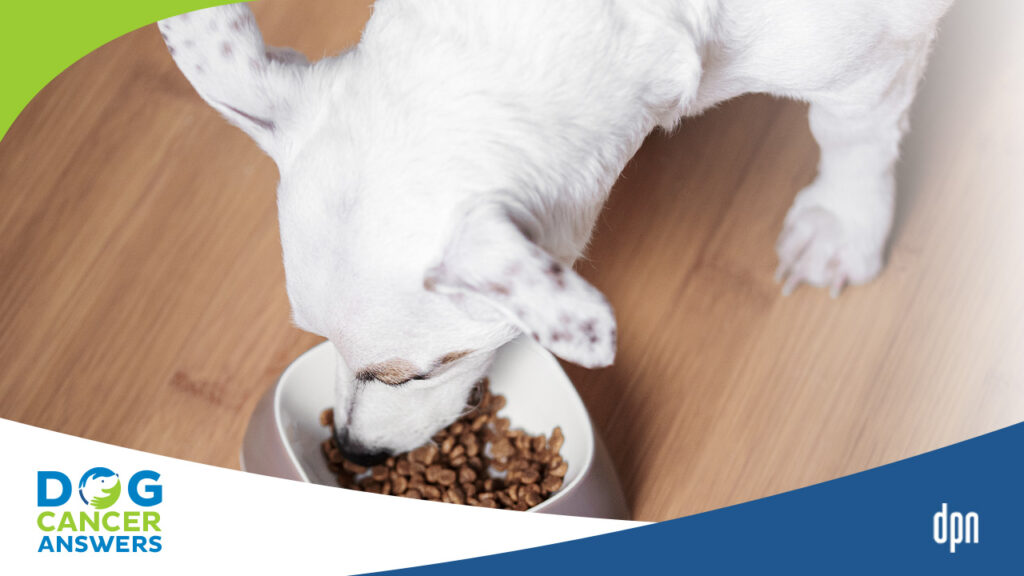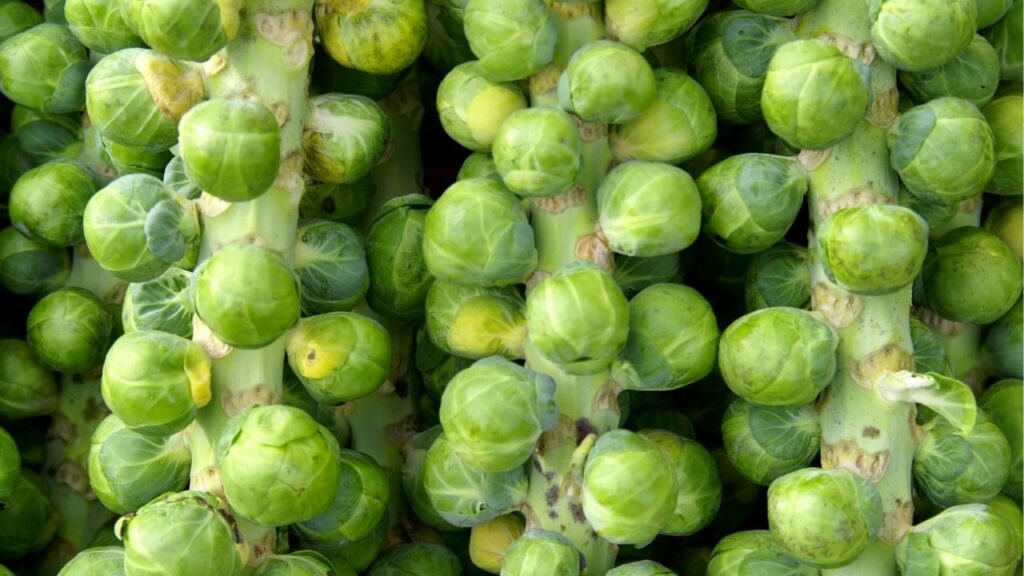As a meat that’s considered tasty to dogs and packed with lean protein, chicken is a great option and arguably a must-have item in your dog’s diet.
Key Takeaways
- Chicken is healthy for dogs to eat.
- Dogs can eat chicken regularly. The fatty acid profile may be too heavy on omega 6 fatty acids, instead of omega 3 fatty acids, so giving it occasionally is better than every day.
- Prepare chicken for your dog by simmering it on low heat until cooked through or using a slow cooker.
- Instead of boiling or baking chicken for your dog, cook it at low heat by simmering or using a slow cooker.
Fighting Cancer with Food
Your dog’s cancer can affect every step of their digestive process, so it’s no wonder that diet plays a significant role in their quality and quantity of life.
For example, cancer causes protein to be broken down faster than it’s made in your dog’s body.3 Upping your dog’s protein intake can help them compensate.
Cancer cells also like to feed off molecules like carbohydrates, oxygen, and sugar.2 Alternatively, cancer cells have a hard time utilizing fats, so simply reducing the amount of carbohydrates and sugar while increasing fats and proteins in your dog’s diet may limit what cancer cells have to work with.
One easy and go-to food item that checks the boxes for fat and protein without carbs and sugar is chicken. It’s readily available at the grocery store, at farmer’s markets, online, and direct from farmers.
It’s also easy to digest and an item that even dogs with low appetites may find enticing.2
Benefits of Chicken for Dogs
No commercially prepared foods were developed specifically for canine cancer except for Hill’s prescription ONC Care diet, released in May 2023.
Otherwise, the ideal diet for dogs with cancer is unique to each individual dog, so be sure to consult with your veterinarian, veterinary oncologist, and/or veterinarian nutritionist to help you build a balanced cancer-fighting diet for your dog.
All diets will include some protein. Given that it’s packed with protein, amino acids, vitamins, and minerals, chicken is a no-brainer as a starting point for increasing the cancer-fighting potential of your dog’s dietary regimen.
Chicken can also be a great source of calcium if you feed chicken necks (which have a lot of bones). Calcium is a vital mineral to all sorts of normal bodily functions. Dogs cannot produce calcium on their own, so getting it from a dietary source is an absolute must.2
When to Not Use Chicken for Dogs
There are some situations where you should not feed your dog chicken.
Don’t feed your dog chicken if she is allergic to it.
Dogs that are on doxycycline, an antibiotic used to treat bacterial infections, should not have chicken necks or bone-in chicken two hours before the medication being given. This is because the high amount of calcium in chicken bones will bind to the doxycycline and prevent it from doing its job.2 Chicken meat only (with no bone) would not interfere with tetracycline antibiotics.
How to Prepare Chicken
You mustn’t give your dog raw chicken. Raw meat may have been okay when they were healthy, but with cancer, your dog’s immune system is weakened and, therefore less able to fight off dangerous bacteria that can be found in raw chicken, such as Campylobacter, Clostridium perfringens, and Salmonella.1
Ensure that the chicken is fully cooked so that all microbes are killed. The internal temperature of the chicken should reach 165 degrees Fahrenheit.1
It is best to cook chicken at a lower temperature to avoid producing carcinogens when cooking temperatures exceed 390°F.2 You can achieve a consistent and lower temperature by simmering the chicken, cooking it in a crock pot or slow cooker, or using a pressure cooker or instant pot.
Cooking low and slow also makes the chicken tender and evenly cooked for your dog.2
A food thermometer can help you keep tabs on things, as all appliances are different, and recipes may need to be adapted appropriately.
How much chicken can your dog eat? A 25-pound dog can eat about 6 ounces of chicken daily as part of her regular diet.2 However, be mindful of the balance of omega 6 fatty acids to omega 3 fatty acids in chicken: they may be skewed toward the pro-inflammatory omega 6 fatty acids. For this reason, it is wise to feed chicken occasionally, rather than every day.
Where to Get Chicken
Organic chicken has no significant nutritional differences from conventionally raised chicken but may have reduced pesticide residues and decreased risk of antibiotic-resistant bacteria.4
You may be able to buy chicken meat direct from a farm. Buying chicken this way is great for developing a relationship with a local farmer and see where the chicken you’re purchasing is coming from.
You can also buy chicken online. This may give you more options to meet your needs and avoids a trip to the grocery store or farm. Companies can ship a fully frozen chicken in an insulated box on dry ice one time, or multiple times via a subscription service.
Chickens are becoming more commonly owned as pets, a source of eggs and meat. Cities across the United States are relaxing ownership laws. If you’re comfortable, you could raise your chickens and ethically harvest them for food.
Chicken necks are easy to find from a butcher at your local supermarket. Most stores don’t put them out on display for sale, and often, they’re tossed in the trash. This means that chicken necks are often either very inexpensive or free. Ask the butcher in the meat department whether they have chicken necks available.
Laura's True Tail about Buddy the Bulldog (follow him on Insta!) is astonishing. Hemangiosarcoma, no chemo, beating the odds by over a year ... a very special episode of DOG CANCER ANSWERS.
- Chicken and food poisoning. Centers for Disease Control and Prevention. https://www.cdc.gov/foodsafety/chicken.html. Published October 31, 2022. Accessed April 17, 2023.
- Dressler D, Ettinger S. The Dog Cancer Survival Guide. Maui Media LLC; 2011. (2)
- Freeman LM. Cachexia and sarcopenia: Emerging syndromes of importance in dogs and cats. Journal of Veterinary Internal Medicine. 2011;26(1):3-17. doi:10.1111/j.1939-1676.2011.00838.x (3)
- Smith-Spangler C, Brandeau M, Hunter G, et al. Correction: Are organic foods safer or healthier than conventional alternatives? Annals of Internal Medicine. 2012;157(7):532. doi:10.7326/0003-4819-157-7-201210020-00021 (5)
Topics
Did You Find This Helpful? Share It with Your Pack!
Use the buttons to share what you learned on social media, download a PDF, print this out, or email it to your veterinarian.









